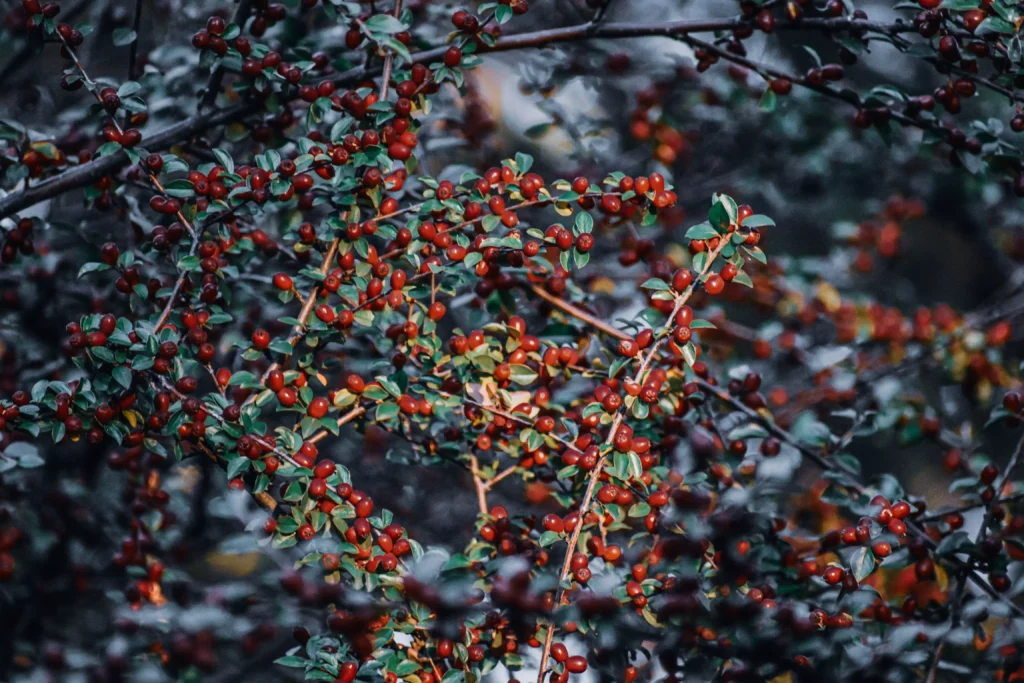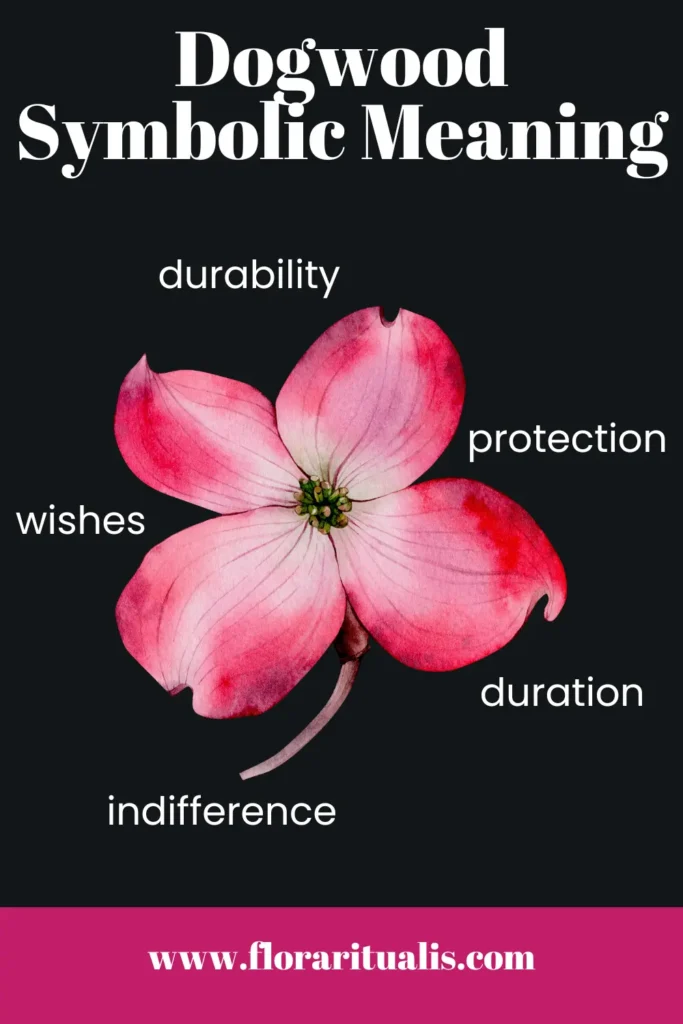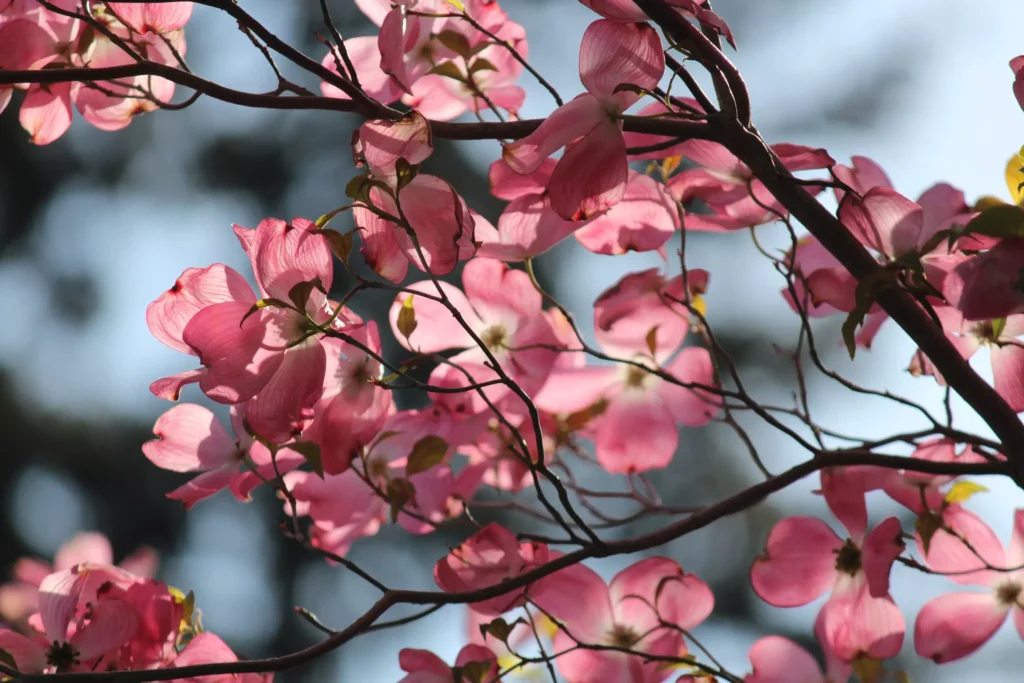The Dogwood flower meaning comes from its myths and folklore.
It comes from the family of Cornaceae and it is also called Cornus. Cornus comes from latin Cornus which translates to “horn.”
The dogwood has predominantly white flower while only some varieties have pink or red blossoms.
In this blog we will explore the meaning of the dogwood flower and the dogwood tree through various myths and folklore.
Furthermore, we will into the legends and uses that surround this plant.
What does the dogwood flower symbolize?
The Dogwood and Florida Dogwood both symbolises durability and their possible powers are protection and wishes. The Dogwood also means duration while the Florida Dogwood means indifference.
Dogwood flower mythology and folklore
One the possible powers of the Dogwood is protection and this comes from various sources in mythology.
In ancient Roman mythology, the javelin that Romulus threw from the slopes of Aventine Hill was believed to be the Dogwood. Later it would be accidentally destroyed during the reign of Gaius Caesar.
According to Plutarch, the dogwood tree was considered as a talisman of the city and its safety was attached to it.
The Ancient Romans were not the only ones who saw the dogwood as a protective tree. In the Balkan region the dogwood was also considered as a protective amulet against witchcraft.
In some villages in Serbia the dogwood was put in the cradles of newborn babies as a protection.
While in Nova Scotia the thole pins of the boats were built with dogwood due its protective nature.
However, in England the dogwood was thought as unlucky and was avoided. This was especially true when the tree was flowering. The reasons for it is not very clear.

Dogwood Uses
The Dogwood had various uses in history which also expands on the meaning of the dogwood flower and its tree. It was perfectly suited for rough uses due to the type of wood. Lets explore some of them:
- The berries from the dogwood berries were pressed for oil. That oil was then either used in cooking or for lamp burning.
- In France the dogwood was used in soap making.
- The wood was also used a skewers and considered as the best skewers.
- It was also used for several purposes like golf clubs head, knitting needles, wedges, shuttles for looms and so much more.

Dogwood flower name origins
There are several attempts to trace the origins of the dogwood name. In the Missouri Conservation Department a book called Missouri Trees tells the story of the dogwood tree.
They say that the word “dag” meant dagger or skewer and the butchers back then made “dagwood” skewers. And as time went by it was eventually called dogwood.
Another explanation for the name comes from Europe. It was linked to dog owners back then. They would boil the bark of the dogwood species found there and use the boiled mixture to treat mange.

Dogwood Legend
The dogwood has also inspired a lot of poems and also several legends. In fact the variety of the dogwood with red blossoms are named Cherokee after a Cherokee lore.
However, the most popular legend that is associated with the dogwood is the cross which Jesus was crucified.
The legend tells that the dogwood tree became remorseful and filled of sorrow of being used in that way. Christ took pity on the tree and promised that it would never grow large enough to be used to make a cross.
Also each flower would be in form a of cross which a notch that was of rust colour which symbolised the nails that was used to hold Jesus on the cross.
If you liked this blog then don’t miss out on our other blogs on winter flowers.
References
Dietz, S. T. (2022). The complete language of flowers the complete language of flowers: A definitive and illustrated history – pocket edition. Wellfleet Press
Folkard, R. (1884). Plant lore, legends, and lyrics. Embracing the myths, traditions, superstitions, and folk-lore of the plant kingdom. S. Low, Marston, Searle, and Rivington.
Watts, D., & Watts, D. C. (2007). Dictionary of Plant Lore. Academic Press.
Deena Bsingh, a UK-born, Mauritius-raised content writer, is a dedicated explorer of the ancient world’s hidden treasures. Armed with classical studies knowledge and a decade of spiritual immersion, Deena delves deep into the wellspring of ancient wisdom. Her illuminating writings on flower meanings and culinary history are imbued with the profound insights she has gathered on her journey. Through her Medium articles, she guides readers on transformative journeys that bridge the gap between ancient cultures and contemporary consciousness, offering a rich tapestry of understanding that endures through time.

